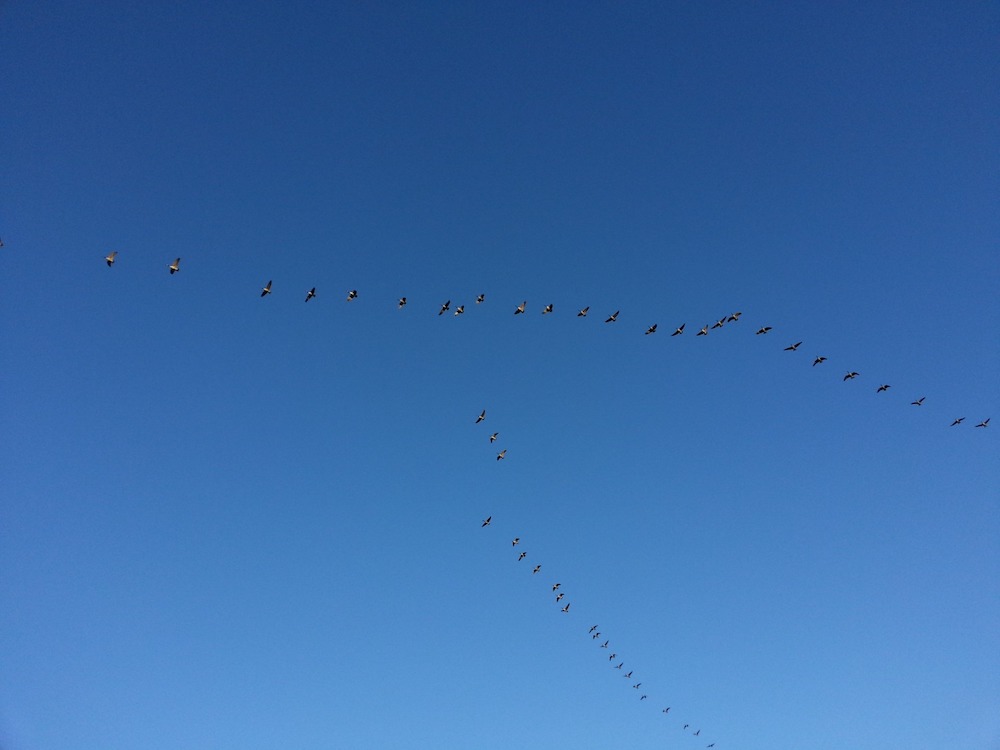
Photo by Gary Bendig on Unsplash.



Photo by Gary Bendig on Unsplash.
Whether you are a hunter, birdwatcher, or nature enthusiast, seeing wildlife is a goal for many of us as we spend time in nature. Understanding basic wildlife behavior and habitat use ensures that we are looking in the correct area for wildlife, but how do we actively look for wildlife? It may seem trivial but there are a few techniques that you can use to increase your eyes ability to pick up on wildlife.

The first technique is forcing your eyes to relax and shift from looking for specific details to looking for anomalies in patterns or movement. This is referred to as soft eyes. In comparison, tunnel vision is if you were to try to see every detail in front of you. Tunnel vision can cause your eyes to become fatigued and less reliable. You may recall that it’s recommended by many health experts to take breaks from staring at a screen, reading a book, or anything that requires your eyes to focus for 30 minutes. These recommendations are due in part to the strain that tunnel vision causes our eyes. Not only can this lead to headaches but also eye fatigue that may hinder your wildlife viewing activities. Instead, relax your vision and focus on the patterns and irregularities before you.
When you notice an irregularity or movement, then it’s time to focus your vision. You likely have already used this soft-focus technique but never thought to use it in other situations. For example, if you were actively looking for flying waterfowl, you may scan the skies with soft eyes to look for anything flying or “breaking the pattern of blue sky.” Once you spotted an irregularity in the sky, you likely shifted to be more focused and look for details of the irregularity you spotted. While blue skies create a distinct advantage when using this technique, it is also applicable to other scenarios.

While the previous example of looking for waterfowl in a blue sky illustrates using irregularities in patterns, what if the background is busier and less easy to discern irregular patterns? In these instances, it may be advantageous to use soft eyes, but this time pay special attention for any movement you detect. For example, if you’re a deer hunter patiently waiting in a deer stand, use soft eyes and pay keen attention to any movement. Don’t actively look for a deer, look for movement. Once you notice movement, you can then switch to tunnel vision and try and discern details of the movement you detected. This allows you to cover more ground with your eyesight and ensure you see the deer before they see you.
Another technique that can be used in conjunction with soft eyes is to look for horizontal lines. While there are certainly exceptions, most things in nature are vertically oriented, like trees, grasses and herbaceous plants. In comparison, big game animals have large sections of their body that can create an unnatural horizontal line. Sticking with the deer hunting example, deer are often found in very thick and brushy habitats that may obstruct your view of the animal, leaving only portions of the animal visible. But as many hunters are aware, one of the more important aspects of deer hunting is being able to see the deer as quick as possible. This allows you to stay undetected and begin planning your next steps for a potential shot. Being able to recognize these horizontal lines is an important toolkit in any hunter’s arsenal.

While afield, I constantly have to remind myself, soft eyes, soft eyes. The more you implement these strategies the easier it will become to let your eyes relax. While it still may seem counterintuitive to relax your eyes and lose focus, I assure you, you will increase your ability to detect wildlife with this approach.
Dan Stephens is a Hunter Recruitment Specialist with the Illinois Natural History Survey. The Illinois Learn to Hunt program is a statewide program designed to teach adults (18+) why, where and how to hunt a variety of species in Illinois. Visit Illinois Learn to Hunt for more information or to sign-up for an event near you.
Submit a question for the author